This year, at the Shanghai Auto Show, DJI made its debut as a Tier 1 supplier (Tier 1 manufacturing supplier) in the field of automotive intelligent driving services.
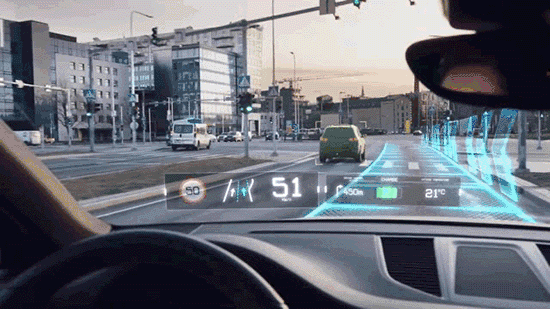
DJI also officially announced that it has reached a strategic cooperation with SAIC-GM-Wuling to jointly create 'people's intelligent driving', and jointly released the KiWi EV Powered by DJI concept car with Xin Baojun, which will be mass-produced as soon as this year.
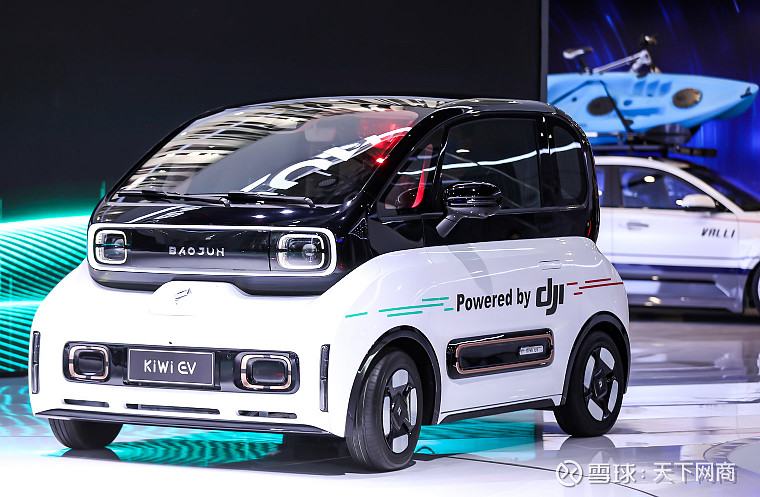
KiWi EV Powered by DJI concept car on display at Auto Shanghai
Intelligent driving actually refers to ADAS system (advanced driver assistance system).
The ADAS system uses sensors such as millimeter wave radar, lidar, ultrasonic radar, and monocular and binocular cameras to perceive the environment and collect data during the driving process of the car. Combined with high-precision maps, through system budget analysis, it can realize the identification and detection of static and dynamic objects. Measurement and tracking, allowing drivers to perceive possible dangers in advance, increasing the comfort and safety of car driving.

ADAS
The ADAS system is evolving towards the goal of 'unmanned driving', but the biggest value at this stage is to reduce the probability of accidents, reduce accident losses, and escort car owners.
Unfortunately, intelligent driving is not very approachable today when adaptive cruise has not been popularized.
Tesla includes the basic version of the Model 3 with assisted driving, starting at 249,900 yuan. To get automatic assisted navigation driving, automatic assisted lane change, automatic parking and smart summon functions, you have to spend 32,000 yuan to choose the enhanced version of the automatic assisted driving function. .
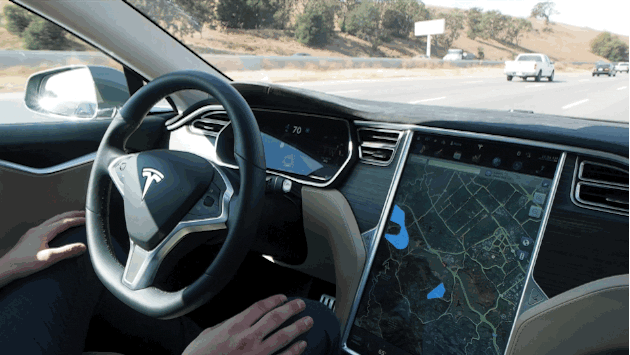
If you want to experience a higher level of intelligent driving in the future, Tesla owners will have to spend 64,000 on the optional full self-driving capability (FSD).
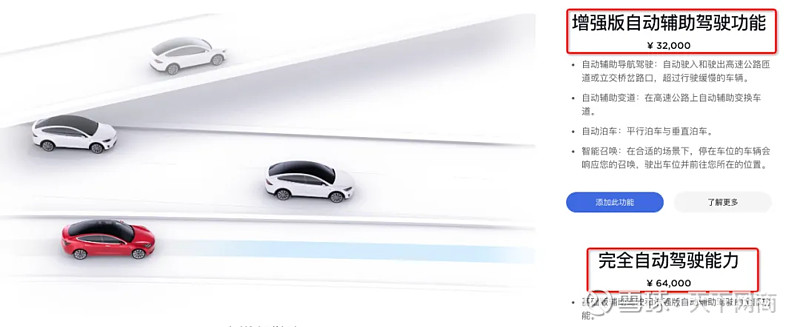
The price of intelligent driving options listed on Tesla's official website: 32,000 for the increased version of automatic assisted driving, 64,000 for fully automatic driving
Huawei's automatic assisted driving is very popular at the Shanghai Auto Show, but the Polar Fox Alpha S equipped with the basic version of Huawei's ADS highway automatic driving is priced as high as 388,900 yuan. Valet parking), the price will add nearly 40,000 yuan.
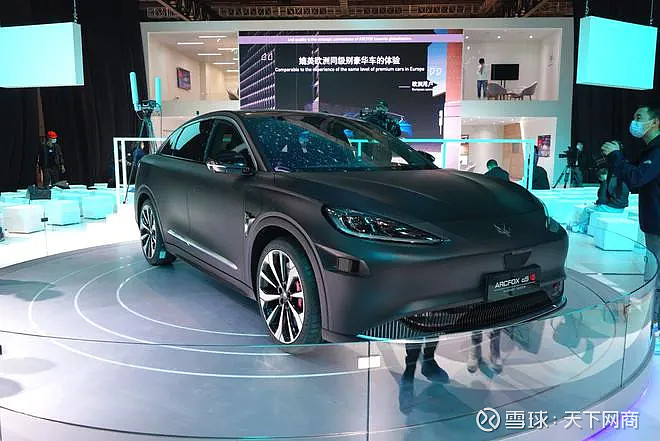
Extreme Fox Alpha S HI Edition
Smart driving, which costs 300,000 to 400,000 yuan, is actually very far from ordinary consumers.
Can ADAS become the same safety standard for all vehicles as ABS, ESP and airbags?
The absence of a low-cost solution is exactly the market opportunity that DJI sees, and it is also the reason why they chose to launch a new car jointly with New Baojun first.
DJI's vision is simple, 'provide a safe and easy travel experience for everyone'.
The foundation of KiWi EV is the new Baojun E300. The highest price is only more than 80,000 yuan. In such a price range, to what extent can DJI in-vehicle achieve intelligent driving?
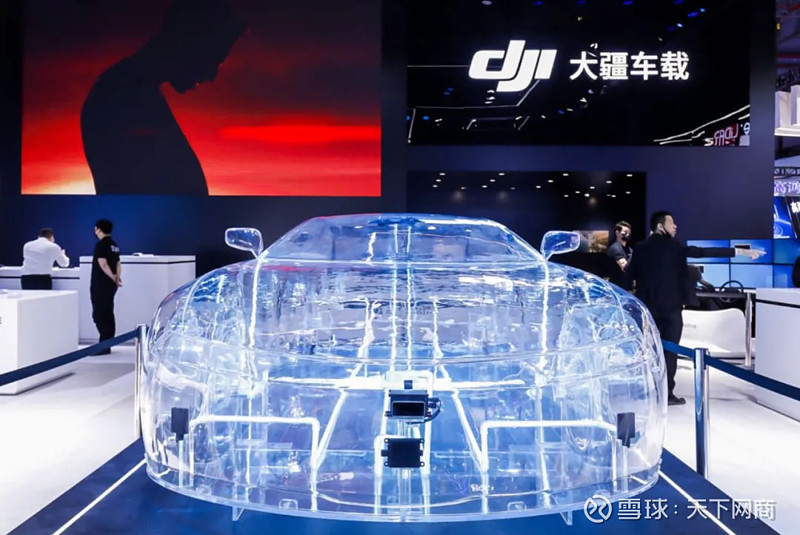
At the Shanghai Auto Show, DJI mainly launched two sets of intelligent driving systems - D80/D80+ and D130/D130+.
D80/D80+ can cover the driving speed range of 0-80km/h. By matching different hardware, it can achieve L2+ level automatic assisted driving on expressways and even urban roads.
The optional hardware configuration includes: 12 ultrasonic radars, 5 millimeter-wave radars, 1 set of lidar, 4 surround-view cameras, etc., and a set of high-performance central domain controller HAD Central ECU.
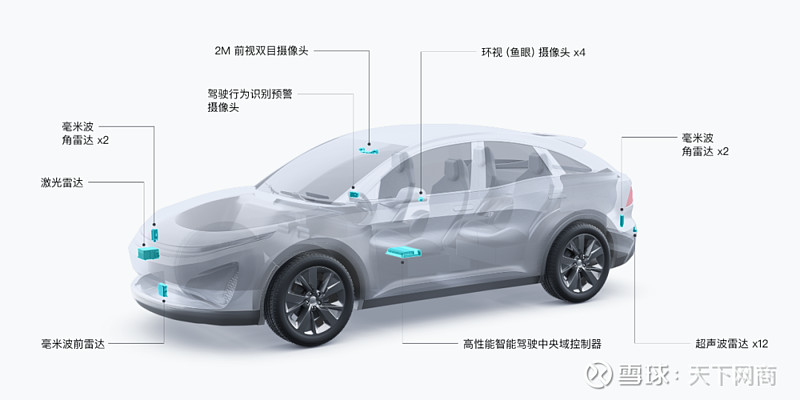
DJI D80+ sensor configuration
The number of sensors of the DJI D80+ is not even inferior to that of the Tesla FSD HW3.0, which is equipped with 12 ultrasonic radars and 8 surround-view cameras, but the number of millimeter-wave radars is less than that of the D80+, and it is not equipped with lidar.
With rich sensing hardware, D80/D80+ can support advanced lane keeping, advanced adaptive cruise, close-range jamming response, car-following start-stop in congested road, intelligent obstacle avoidance, navigation driving (including autonomous entry and exit ramps) and driving in urban expressway environment. Intelligent driving functions such as human-machine co-driving can cope with almost all common road conditions.
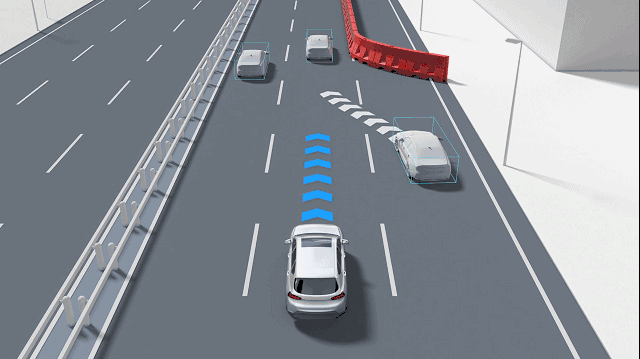
Close-range jamming
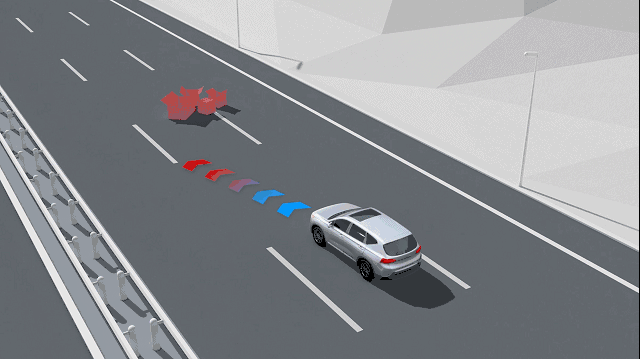
Intelligent obstacle avoidance
On urban roads, the D80/D80+ can also achieve lane keeping assist and adaptive cruise, as well as automatic emergency braking, blind spot detection reminder forward collision warning and many other safety driving warning functions.
D130/D130+ can cover the speed of 0-130km/h, realize L2+ level automatic assisted driving on highways, and add 2M rear-view single camera, 8M rear-view dual camera, and ultra-high computing power on the hardware. It has a high-performance central domain controller, and adds auxiliary functions such as active overtaking, navigation switching and emergency pull-over parking for high-speed road conditions.
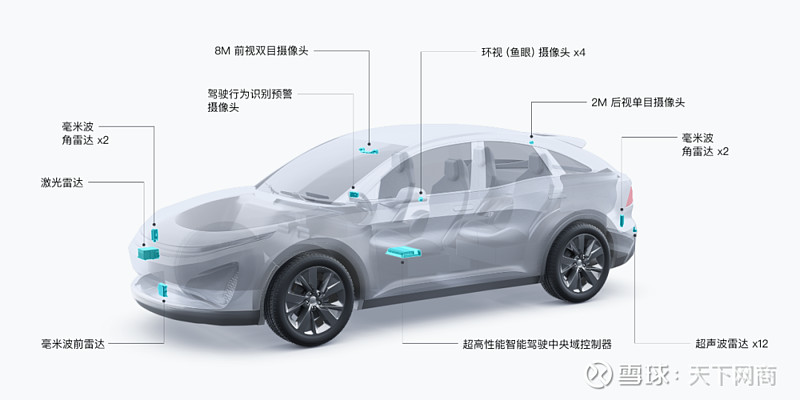
Sensor configuration of DJI D130+
At present, the D80 and D130 have been mass-produced, and the D80+ and D130+ are expected to be mass-produced in 2024.
In addition to intelligent driving, DJI also provides a wealth of intelligent parking solutions.
It is not surprising that DJI can quickly switch to the intelligent driving track, because DJI UAVs have a large number of technical patents and rich experience in obstacle avoidance sensors, ranging radar and surrounding environment scanning technology. .

DJI drone remote gesture sensing
Five years ago, the DJI in-vehicle team was established.
In 2019, DJI's first vehicle-level intelligent manufacturing center was built.
From 2020 to 2021, DJI Automotive has passed a number of automotive industry software and hardware development capabilities and quality certifications.
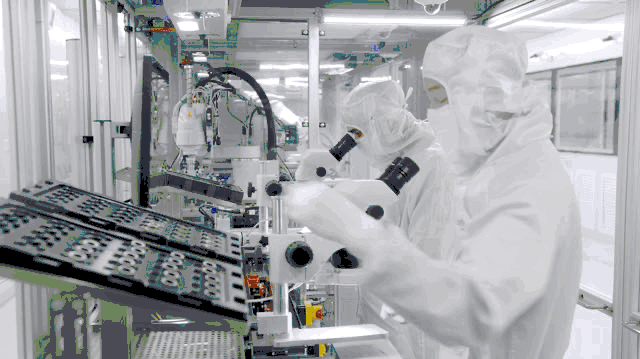
DJI Vehicle Intelligent Manufacturing Center
Sensor hardware such as monocular cameras and binocular cameras are independently developed and manufactured by DJI, which is also a key prerequisite for DJI to realize intelligent driving at low cost.
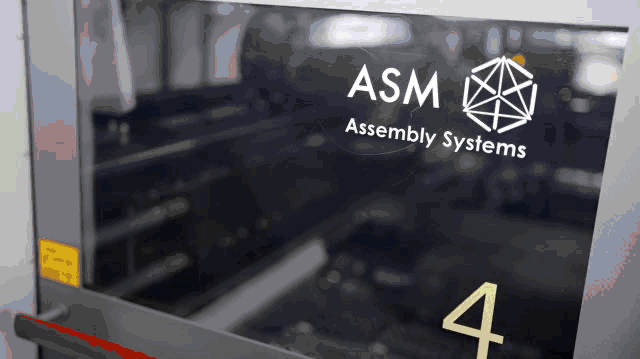
DJI camera production line
In addition to the complete set of intelligent driving solutions, core components such as various visual perception sensors, intelligent driving domain controllers, and driving behavior recognition and early warning systems in DJI vehicles can also be flexibly configured according to system requirements.

DJI's self-developed intelligent driving core components
For example, the Livox lidar developed by Lanwo Technology, a hardware company incubated by DJI, will be applied to Xiaopeng P5. In the future, Volkswagen will also cooperate with DJI to apply its intelligent driving solution.

Xiaopeng P5 lidar
In short, DJI does not want to make intelligent driving an unattainable in-vehicle function for ordinary people, so they did not pursue high-end hardware with ultra-high computing power and high cost, but strictly followed the requirements of the car regulations and strived for stability. , reliable, cost-effective, and turn it into an inclusive technology, so that consumers can enjoy this technological achievement without spending too much money